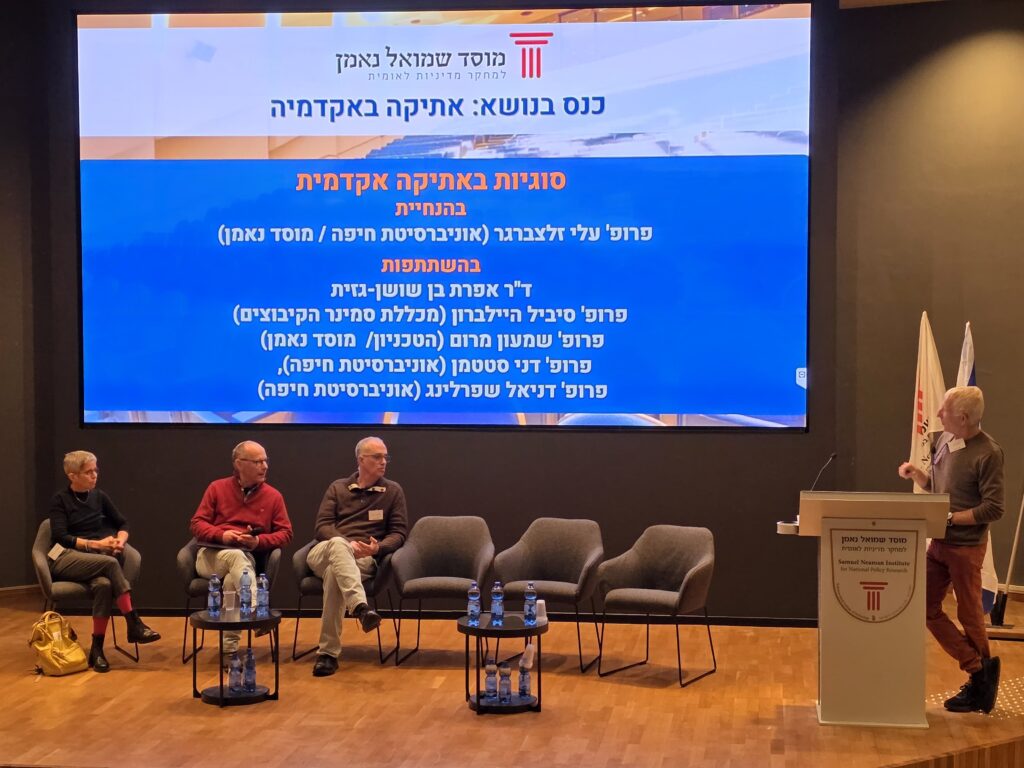The development of Venture Capital in Israel during 1993-2000 is an example of policy-led industry emergence. The Israeli targeted policy adapted to trigger Venture Capital emergence is an example of successful infant industry policy. This policy stands on its own as a separate class, due to its non-conventional configuration and high impact. This paper both specifies why this policy succeeded and what lessons could be drawn for other countries attempting to develop a new Venture Capital Industry. Moreover, some of the insights gained from the Israeli case could be relevant for general targeted infant industry policies in the current phase of Globalization. That experience could be relevant whenever success in creating a new industry depends on a) generating a critical mass of resources and activities; b) accessing sophisticated foreign agents and coordinating them with domestic ones; and c) triggering a self-sustained emergence process, within a reasonably short period of time.
This paper introduces a microeconomic dimension to the study of Israel’s VC Industry development during the 1990s. This analysis focuses on building indices of Private Performance and Social Impact for 40 Israeli VC companies. Our analysis suggests that the emergence process of the Israeli VC industry was characterized by very strong positive correlation between VCs private performance and their social impact. Companies in our sample founded in the pre and early emergence of the new VC industry not only generated, on average, strong ‘social impacts’, they where also highly profitable. This condition has been termed Class A market conditions. We stress that Class A conditions are the base of effective collective learning and other agglomeration effects. Prevalence of such conditions explains the extremely rapid process of growth during VC emergence. We suggest that the Class A phenomena might not be unique to the Israeli case or to VC industries and that its existence has significant policy implication to the field of infant industry promotion.











